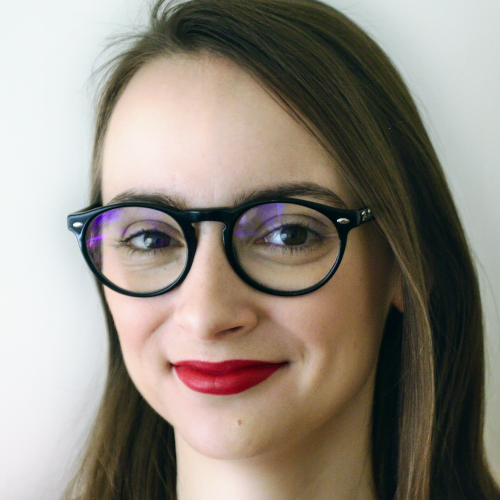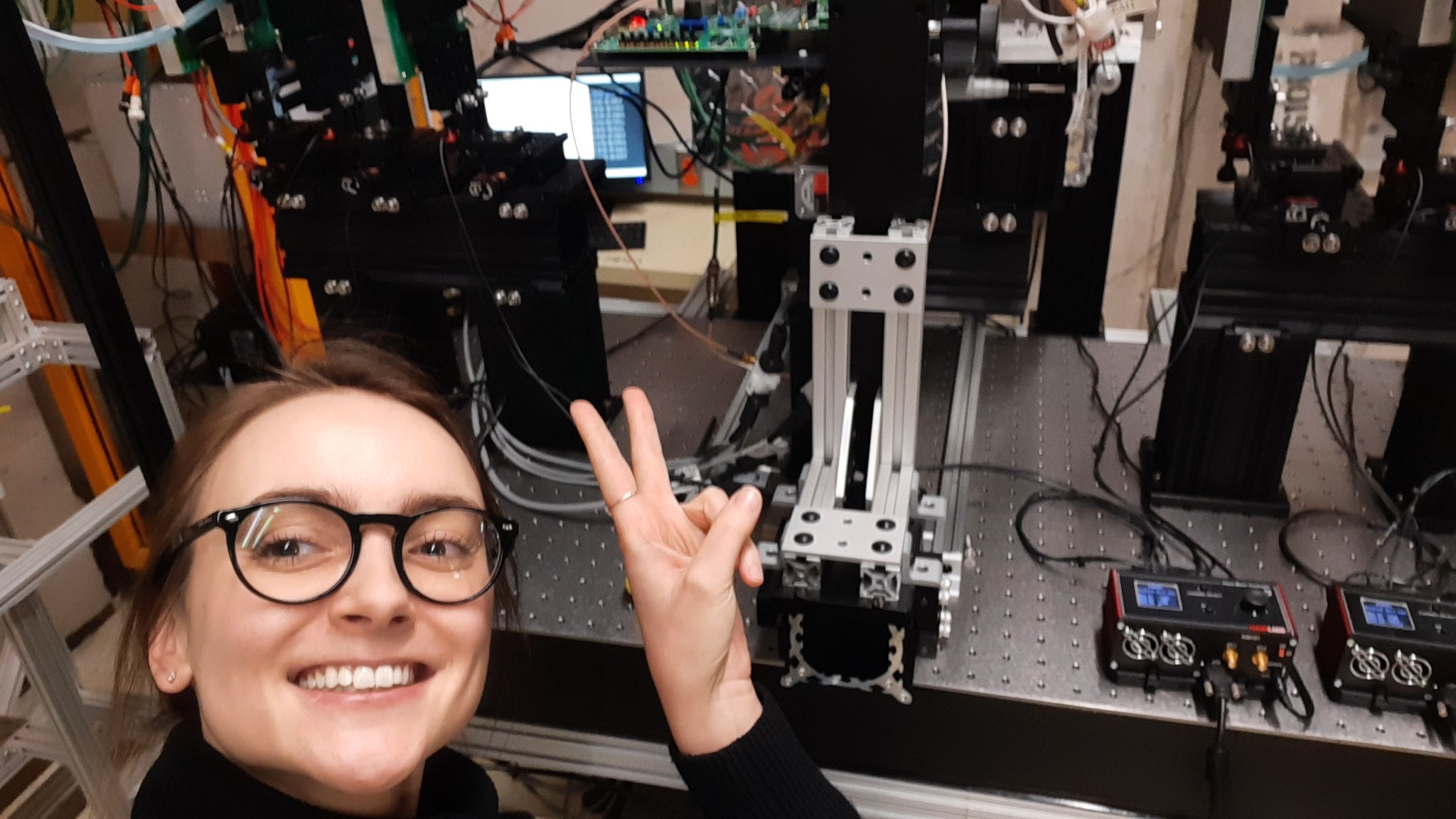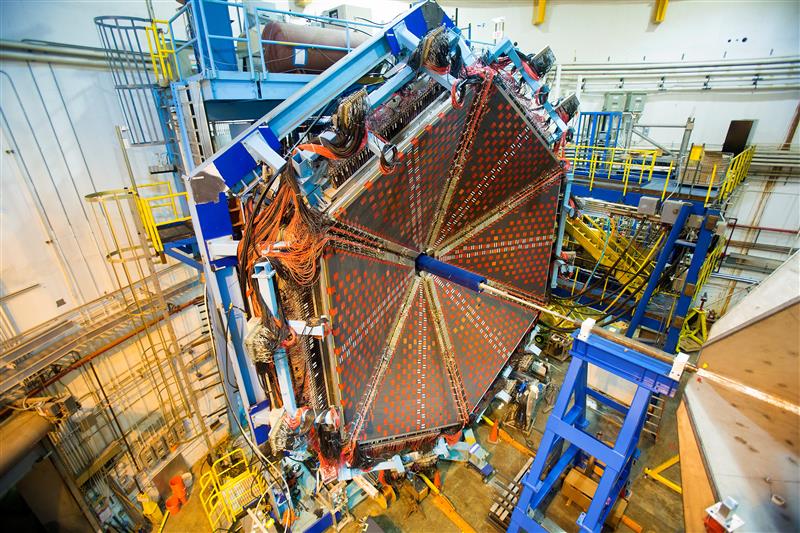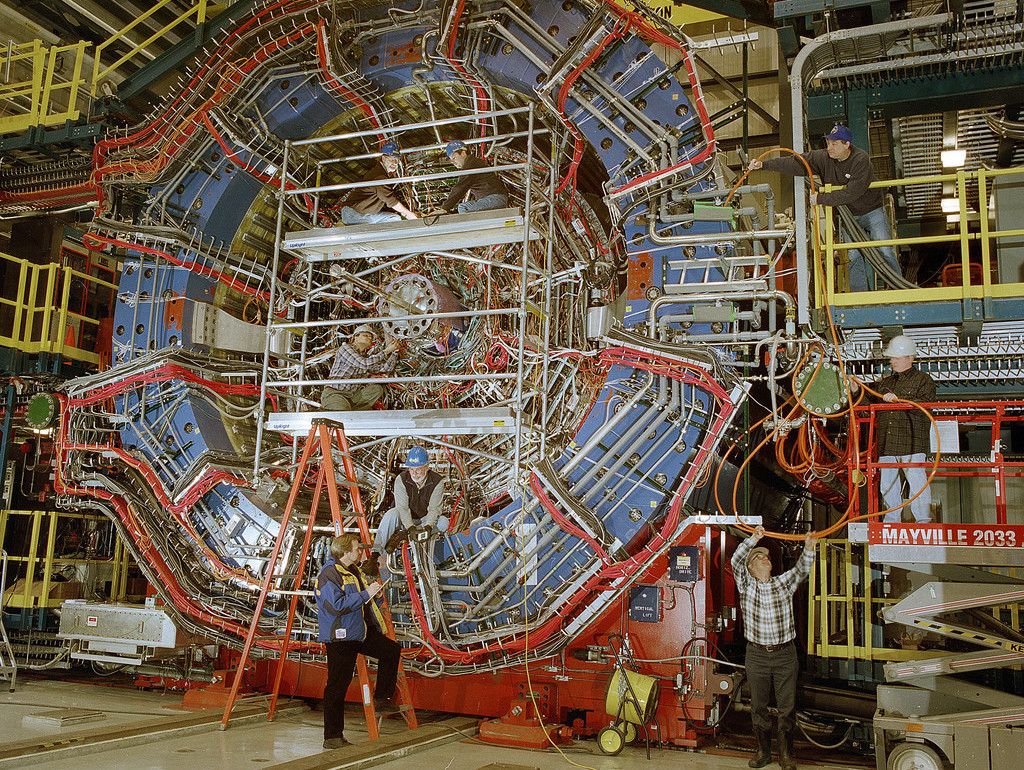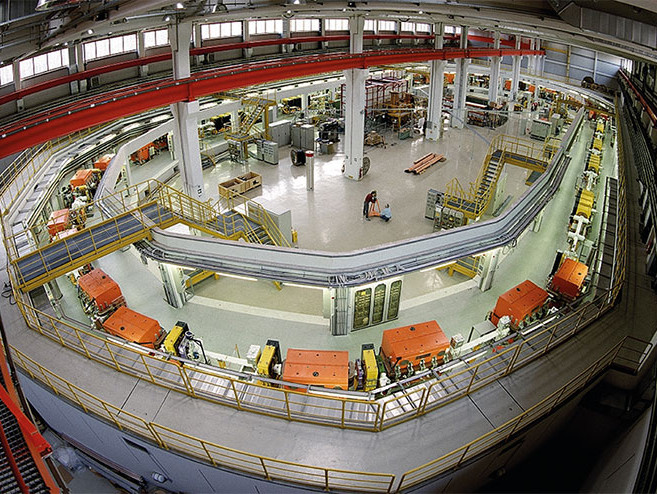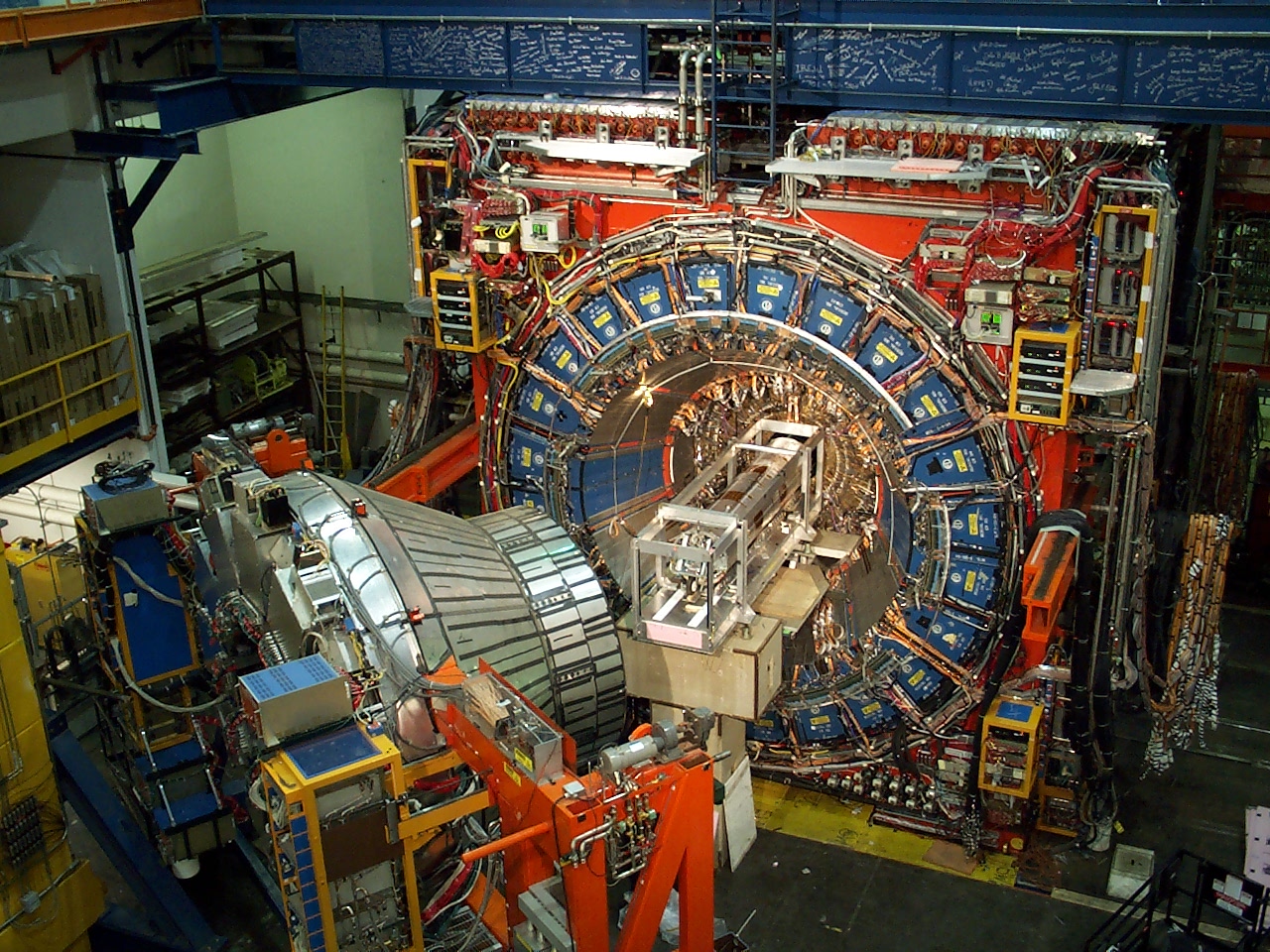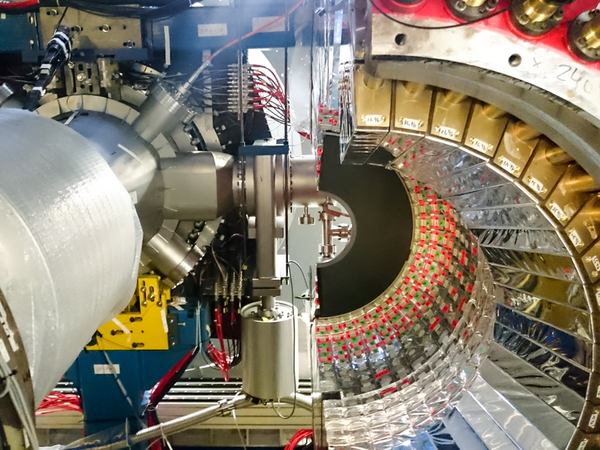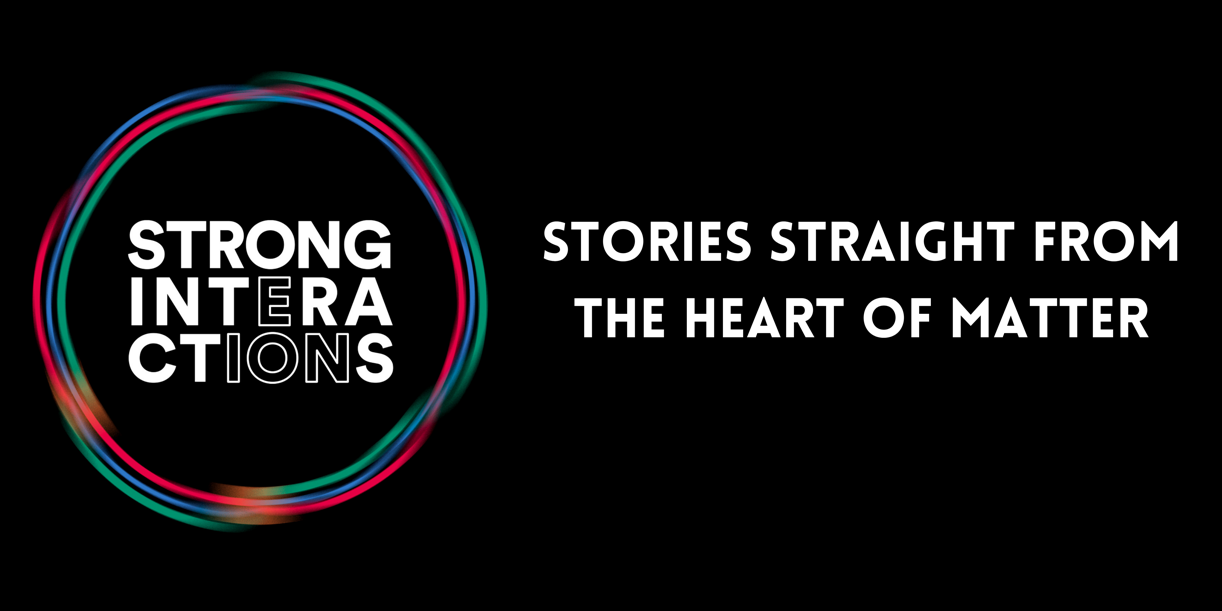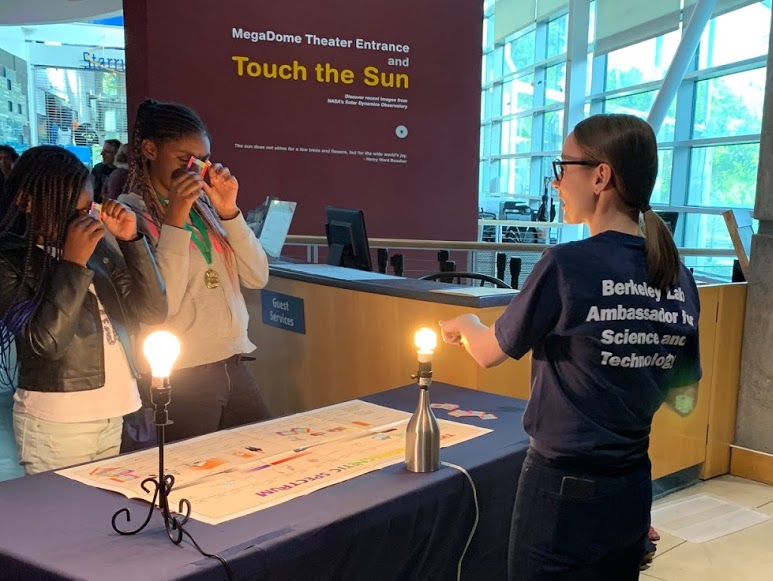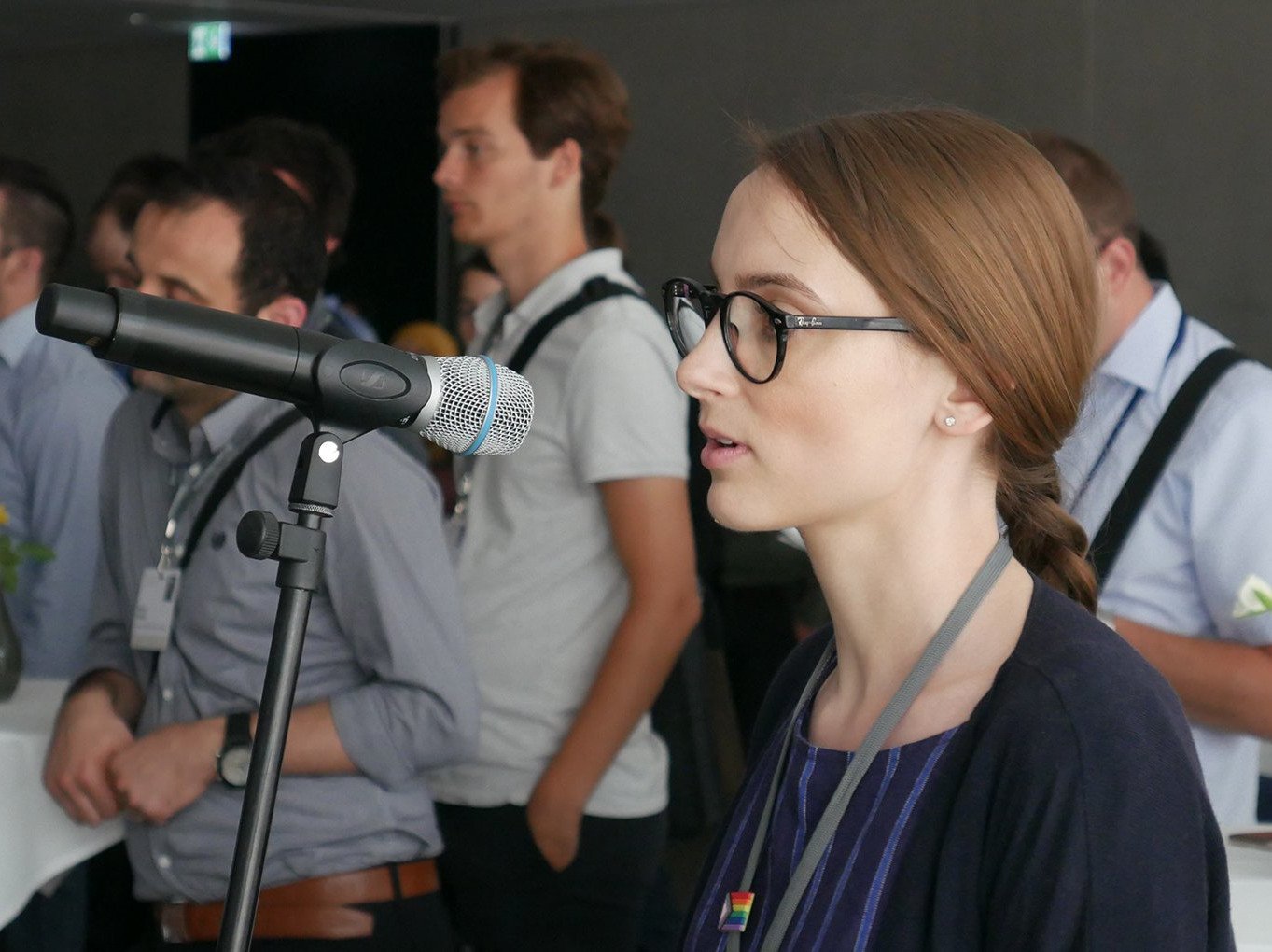U.S. Department of Energy has launched a series of virtual meetings with scientists from the US National Labs. In this video, I talk about my research at Berkeley Lab and Brookhaven National Laboratory, collaboration with scientists from all over the world, and motivation to pursue a career in STEM.
Hello!
I am an Assistant Physicist at Argonne National Laboratory trying to unravel the mystery of the origin of the spin of the proton with the CLAS12 and STAR experiments and the future Electron Ion Collider facility.
My academic interest focuses on exploring the nature of the strong interaction and the way it manifests itself in the properties and interactions of hadrons. Pursuing this scientific direction, I have been studying experimentally the features of nucleons - the basic constituents of visible matter - from the source of their mass, to the spin properties.
Interests
- Proton Structure
- QCD and Diffractive Processes
- Calorimetry
- Science Communication and Outreach
Education
-
PhD in Experimental Physics, 2016
University of Cologne, Cologne, Germany
-
MSc in Experimental Physics, 2013
Jagiellonian University, Cracow, Poland
-
BSc in Physics, 2011
Jagiellonian University, Cracow, Poland
